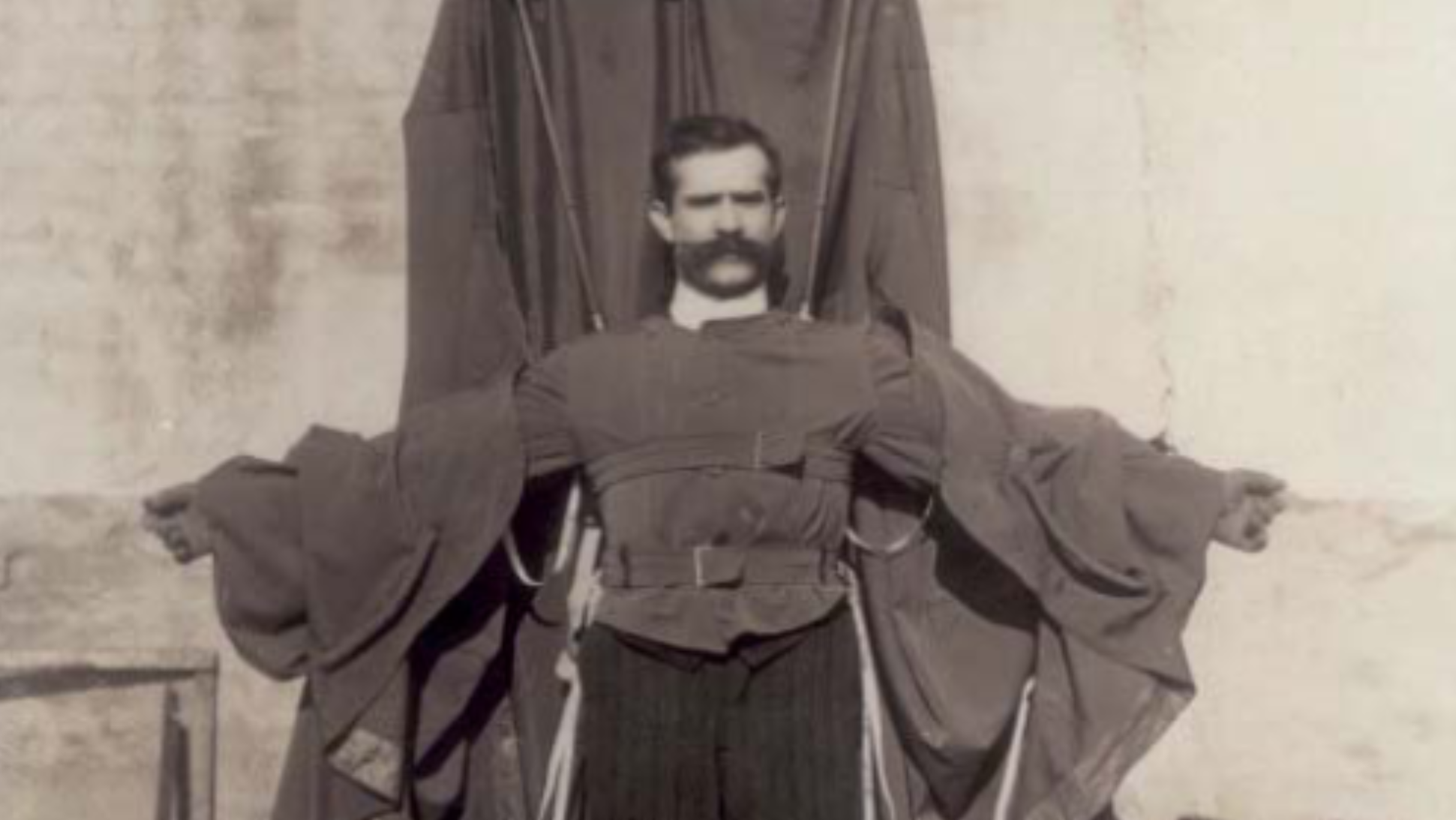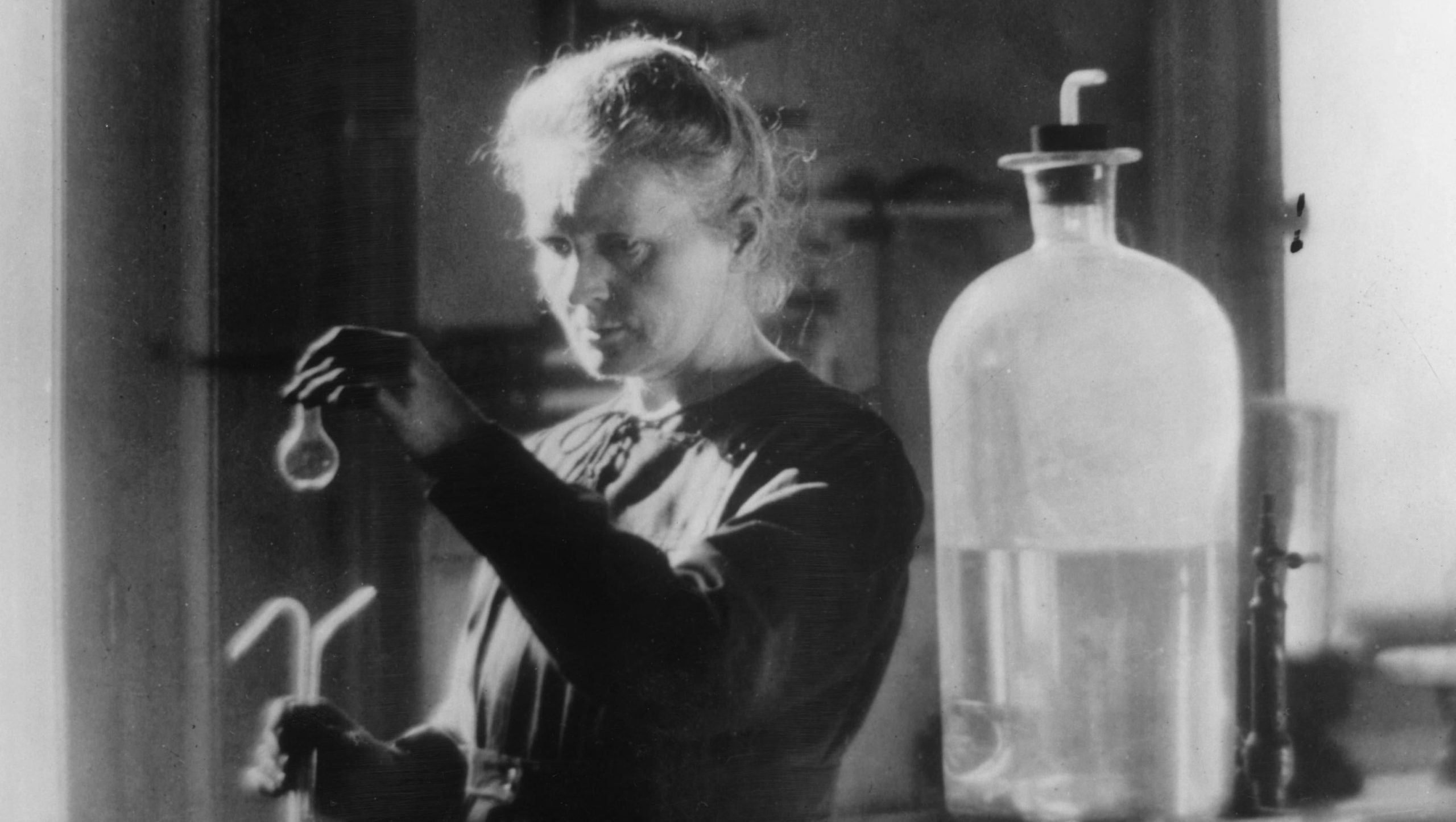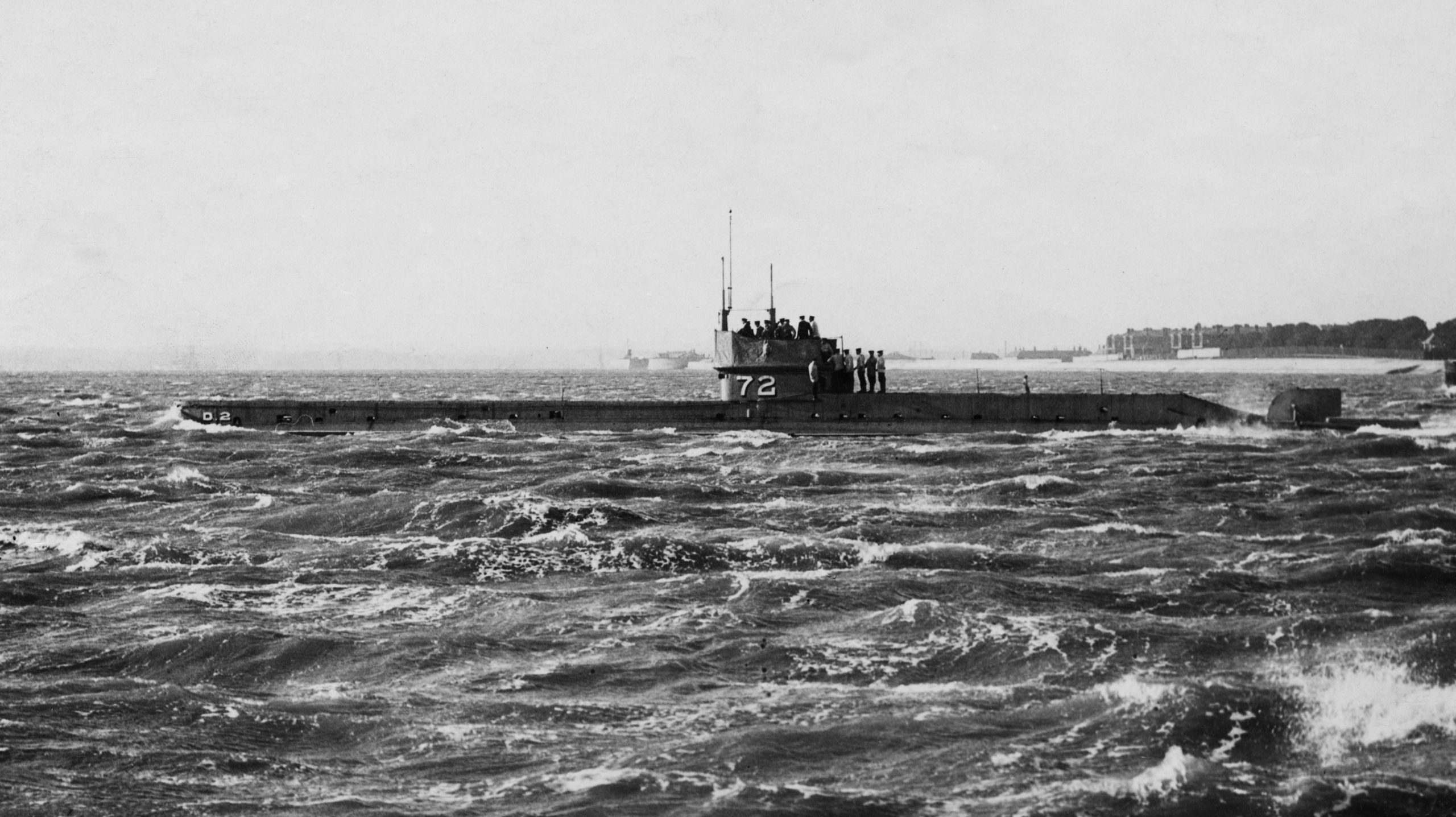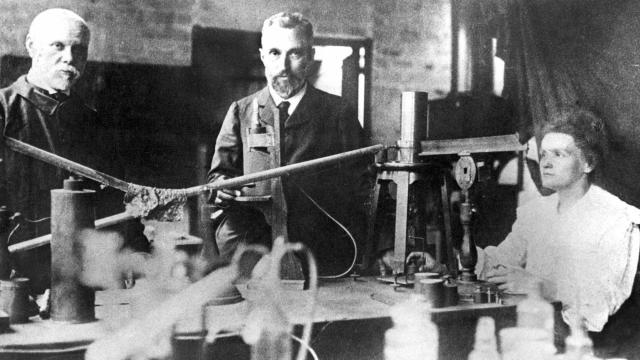When most of us think of “inventors,” we’re probably thinking about folks like the Wright Brothers, Alexander Graham Bell, or Thomas Edison — folks who changed the world by creating something new and lived to tell the tale. What gets talked about less frequently are the folks that aren’t so lucky: the people that tried creating futuristic machines and, uh, ended up becoming victims to those machines in the process.
Here’s a look at some of the more grisly examples.
Franz Reichelt

Franz Reichelt — AKA “The Flying Tailor” — was an Austrian-born tailor living in France during the early 1900s, and is credited with pioneering an entirely wearable parachute suit that looked less like a parachute and more like a… well, a bedsheet held up with wires. I mean, just look at this thing. It’s not really a device that screams “sturdy,” but that didn’t stop Reichelt from testing it out in an inaugural jump off the Eiffel Tower in early February of 1912.
In fact, he was so confident in that jump that he actually called the local press over to film his invention in action. Needless to say, it didn’t go as planned: Reichelt plummeted from the tower, suit and all, and crushed his skull, spine, and a few other major bones when he hit the ground, dying almost instantly. The entire event was captured on film and, if you’re not faint of heart, you can see the entire debacle for yourself here.
William Bullock

Second on the list is William Bullock, an American inventor living in the mid-19th century who’s widely credited as one of the early parents of the modern printing press. In 1863, Bullock created a new kind of printing machine that substantially cut down on the time and labour used in the widely used rotary printing press that had been rolled out to the public roughly 20 years before.
The only problem with this machine — as is the case with just about every machine created back in those days — was that it wasn’t what you would call “safe.” Bullock saw how unsafe his new invention was on April 3, 1867, when his leg got sucked into one of the presses while it was being installed for a local newspaper in Philadelphia. His leg was crushed and turned gangrenous within a week. Just nine days after that initial accident, Bullock died during an operation to amputate his crushed limb.
Valerian Abakovsky

In 1917, Soviet engineer Valerian Abakovsky came up with the idea to slap the best parts of an (early) aeroplane onto the best parts of an (early) railcar and use the resulting newfangled device to carry Soviet officials around Russia. The resulting “Aerowagon,” pictured above, barely lasted four years before it was shelved for good.
On the 24th of July, 1921, Abakovsky was conducting a trip from Moscow with a handful of international delegates when the vehicle suddenly derailed, killing seven of the 22 people on board. Abakovsky was among the dead, and only 25 when he was killed in the crash.
Max Valier

Austrian inventor Max Valier is one of the names credited with inventing the Opel RAK, which was the world’s first rocket-powered aircraft. While these vehicles weren’t used for the types of intergalactic missions you’d normally associate with rocket-powered vehicles of the modern-day, they still got some pretty serious air. The first-ever Opel RAK aircraft (seen in the photo here) was able to fly a solid 76 km/h during its maiden flight in March of 1928.
About two years after this first flight, Valier had moved on to experimenting with liquid propulsion fuel, which ended up being… not the best choice: he was eventually killed on May 7th, 1930 when the alcohol-based fuel in one of his rockets ignited on the test bench, exploding and taking Valier with it.
Thomas Midgley Jr.

Thomas Midgley Jr. was a Pennsylvania-based mechanical engineer who’s most well-known as the guy who developed the “lead” used in leaded gasoline. He’s been called “the most harmful inventor in history” a forefather for today’s climate-changed hellscape, and just a… well, not that great a guy, environmentally speaking. And while leaded gas would be a mass public health danger until it was formally banned for on-road usage in 1996, that gas wasn’t what killed ol’ Midge. Instead, according to a Time Magazine obit from November 13th, 1944, Midgely ended up accidentally strangling himself on a harness he’d devised to get out of bed after he’d contracted polio years before.
Henry Smolinski

All of the failed attempts at flying cars didn’t stop Ohio-based inventor Henry Smolinski from coming up with his own attempt at a part-car part-plane hybrid back in the early ‘70s. The “AVE Mizar,” as it was called, was pretty much built by smashing the rudders and wings from a Cessna aircraft onto the back of a Ford Pinto, resulting in the hot mess seen in the photo above.
It turns out the thing worked as well as it looked — on September 11th, 1973, during a test flight in Camarillo, California, one of the wing struts detached from the body of the Pinto while the machine was mid-flight. Needless to say, the car plummeted, and the Pinto (along with Smolinski, who was at the controls at the time) didn’t survive the trip.
Marie Curie

Of course, this list wouldn’t be complete without Marie Curie. The noted chemist and inventor discovered radium and polonium along with her husband Pierre in the late 1800s, but she also transformed combat medicine forever when she created the first mobile radiology machine. Similar to the X-ray machines that were cropping up in major cities’ hospitals, Curie’s car-sized devices could be used by army surgeons on the battlefield to quickly image any bullets or shrapnel trapped inside their patients.
While her device might have saved countless folks on the battlefield, it might have ultimately ended up killing her — her excessive exposure to X-rays later in life is widely accepted as being one of the core causes behind the case of aplastic anemia she developed that ended up killing her on June 4th, 1934.
Alexander Bogdanov

Alexander Bogdanov was a Russian physician who’s widely hailed as one of the pioneers behind early blood transfusions. He’s also known for trying out some of those blood transfusion experiments on himself — starting in 1924, he’d started swapping out his blood with some of his patients. Four years later, on April 7th, 1928, he’d completed his final experiment, when he tried swapping out his own blood with that of a medical student suffering from malaria and tuberculosis. The student ended up making a full recovery from the procedure, but Bogdanov died pretty quickly afterward.
John Day

Last but not least is John Day, an English carpenter who has the honour of being the first-ever submarine casualty ever recorded. In 1774, Day created a wooden “diving chamber” (nicknamed “the Maria”) that was meant to remain underwater at a depth of about 39.62 m for a full 12 hours before he’d need to come up for air. Instead, on June 22nd of that year, after he’d locked the Maria and loaded it up with weights for its first-ever descent, the ship did… what you’d expect a ship loaded with weights to do: it sunk to the bottom, with Day trapped inside. He died.
